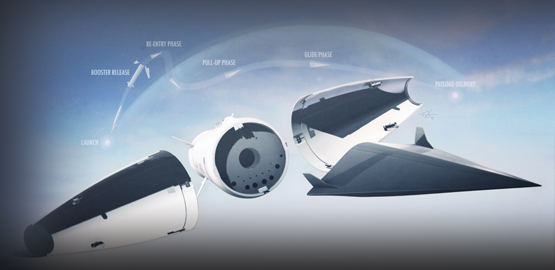The big question the Air Force must now answer is whether the legacy JSTARS has enough service life to give the Air Force time to develop a systems-of-systems approach for doing the ground surveillance mission, said Mark Gunzinger, a senior fellow at the Center for Strategic and Budgetary Assessments. The technology is ready, he said, but it will take a big shift in thinking for the service to move from considering platforms to a concept of operations.
An aircraft like JSTARS is probably not survivable in a war with a peer competitor like China or Russia, he continued.
“You have an aircraft with a high-powered radar that emits a lot of energy that can frankly be detected by enemy IADS [integrated air defense systems] and other sensors. If you can be detected and then tracked, then perhaps an intercept would be launched against you, and that’s just not a survivable situation,” he said.
“But what if you had four or five aircraft that were communicating with each other through laser comms or some other LPI/LPD [low probability of intercept/low probability of detection] data link, and they had passive sensors, and they didn’t emit, yet they were capable of launching a couple of drones or cruise missiles with sensors that did emit?” he said.
“And those deployable systems then could radiate to detect targets, and the aircraft that launched them could remain passive and receive the energy that bounces off the targets and determines where those targets are. So now you’ve helped increase the survivability of your manned platforms by using deployable systems that radiate, and if they’re shot down, they’re much lower cost and, OK, just launch another one.”



















